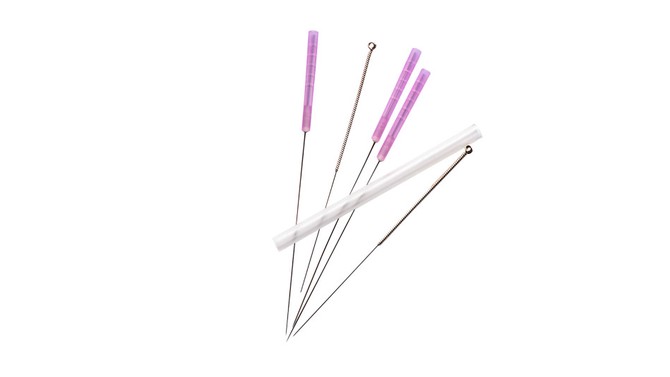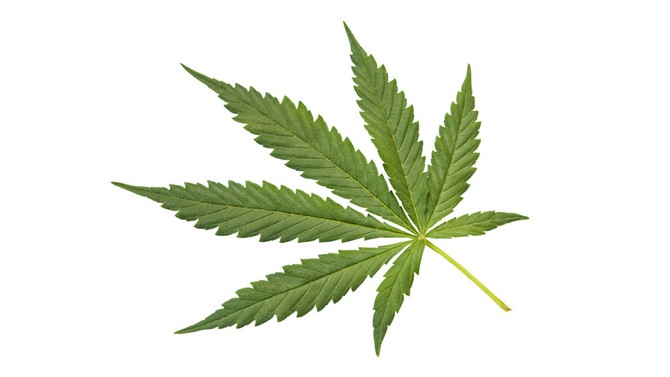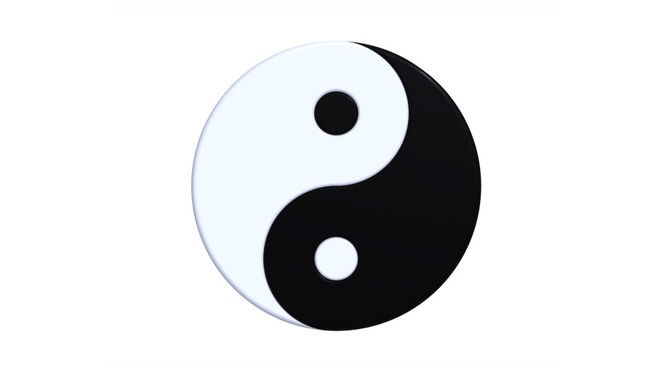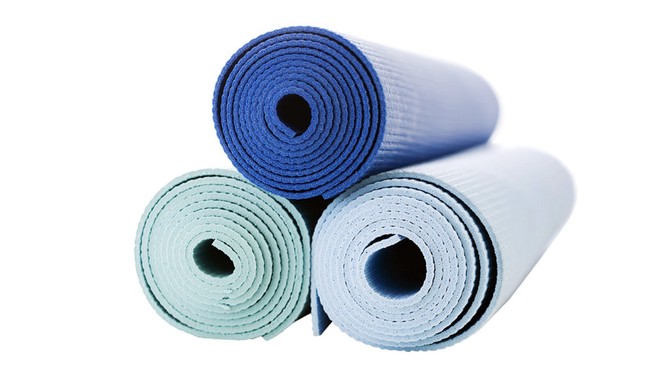5 Ways to Relieve Pain Without Pills
We know you'd roll your eyes if we even suggested you cure agonizing pain with deep breathing and some yoga. But hear us out: Complementary and alternative therapies can provide serious help.
By Karen Asp

Photo: Getty Images
Acupuncture
What it is: A form of traditional Chinese medicine that involves having needles inserted at various points on the body to help rebalance the flow of your body's energy.
Science says: When nearly 18,000 adults with back and neck pain, osteoarthritis, chronic headaches, or shoulder pain received acupuncture treatments, their pain scores were reduced by about 50 percent, according to a review in the Archives of Internal Medicine. Although researchers don't know exactly why acupuncture has such a profound effect, one possible explanation is that it releases feel-good endorphins that dampen the pain response.
Best for: Neck, lower back, and shoulder pain; osteoarthritis and knee pain; chronic headaches.

Photo: Getty Images
Medical Marijuana
What it is: Use of the cannabis plant, in its whole form or as pills, oils, or extracts, for health-related purposes.
Science says: "Cannabinoids bind to special receptors in the brain that are responsible for controlling many physiological systems, including pain," says Mark Ware, MD, associate professor of family medicine and anesthesia at McGill University in Montreal. A study in The Journal of Pain reveals that people with chronic pain who used medical marijuana for a year showed significant improvements compared with their non-cannabis-using peers.
Best for: A variety of chronic pain conditions, but particularly those related to neuropathic pain, which is caused by nerve damage.

Photo: Getty Images
Mindfulness Meditation
What it is: A practice rooted in Buddhist teachings that involves training your mind to stay in the moment by paying attention to your breath.
Science says: Studies have shown that the relaxation benefits of meditation can also lessen pain. A 2015 study suggests that doing a guided meditation program, called Mindfulness-Based Stress Reduction, for 90 to 120 minutes once a week for eight weeks (with daily practice at home) can reduce the frequency of chronic headaches. Findings were similar for women with lower back pain in a separate study. After eight sessions, subjects reported greater relief than those who received physical therapy and meds.
Best for: Lower back pain, headaches, nonspecific chronic pain.

Illustration: Jasu Hu
Tai Chi
What it is: A Chinese mind-body practice that involves slow, rhythmic movements; mental focus; and controlled breathing.
Science says: Though there are only a handful of solid studies on tai chi's effects on chronic pain, some have shown that it can, in fact, reduce discomfort. One review found that osteoarthritis sufferers who practiced tai chi for an average of 60 minutes two or three times per week for about 12 weeks felt less achy than their peers who didn't.
Best for: Lower back pain, knee osteoarthritis, fibromyalgia.

Photo: Getty Images
Yoga
What it is: A form of exercise that incorporates breath work and poses to build balance, strength, and flexibility.
Science says: Yoga may help counteract chronic pain by building gray matter in the brain: In one study, neuroscientists compared gray matter in the brains of people who practiced yoga for an average of ten years with those who, although healthy, never had. Overall, yogis had more gray matter in regions of the brain related to pain regulation and tolerance.
Best for: Lower back pain (alleviated especially by poses that strengthen your core).
Keep Reading:
From the April 2016 issue of O, The Oprah Magazine

